The Sale-Leaseback Strategy: A Financial Tool for Physicians
In the rapidly evolving healthcare landscape, physicians and medical practices often face the dual challenges of maintaining high-quality patient care while managing financial stability. One innovative financial strategy that can provide liquidity and flexibility is the sale-leaseback transaction. This article explores how sale-leaseback arrangements work and the potential benefits they offer to physicians.
What is a Sale-Leaseback?
A sale-leaseback is a financial transaction where a property owner sells their real estate to an investor and simultaneously leases it back for a long-term period. This allows the original owner to continue using the property while freeing up the capital that was previously tied up in real estate.
How Does a Sale-Leaseback Work?
- Sale of Property: The physician or medical practice sells their property, such as a clinic or office building, to a real estate investor or firm.
- Lease Agreement: Concurrently, the seller enters into a lease agreement with the buyer, allowing them to continue operating their practice in the same location.
- Lease Payments: The physician pays rent to the new owner for the use of the property over the lease term, which can range from 10 to 30 years or more.
Benefits of Sale-Leaseback for Physicians
- Immediate Liquidity
- By selling the property, physicians can unlock the equity tied up in their real estate. This influx of capital can be used for various purposes such as investing in new medical equipment, expanding services, or paying down debt.
- Operational Continuity
- Sale-leaseback agreements ensure that physicians can continue operating in their current location without disruption, maintaining continuity of care for their patients and stability for their practice.
- Tax Advantages
- Lease payments are typically considered operating expenses and can be deducted from taxable income, potentially lowering the overall tax burden for the practice.
- Enhanced Focus on Core Activities
- By converting property ownership into a lease, physicians can focus more on their core activities—providing patient care—without the distractions and responsibilities of property management.
- Improved Financial Ratios
- Converting owned real estate into liquid assets can improve a practice’s financial ratios, making it more attractive to lenders and investors. This can be particularly beneficial when seeking financing for growth or improvements.
- Flexible Lease Terms
- Sale-leaseback agreements can be structured with flexible lease terms, allowing physicians to negotiate favorable conditions such as renewal options, fixed rent increases, and maintenance responsibilities.
Considerations and Potential Risks
While sale-leasebacks offer several advantages, there are also considerations and potential risks to keep in mind:
- Long-Term Commitment
- Entering into a long-term lease can be a significant commitment. Physicians must carefully consider their future needs and ensure that the lease terms align with their long-term business strategy.
- Loss of Property Appreciation
- By selling the property, physicians forfeit any future appreciation in the property’s value. This potential loss should be weighed against the immediate benefits of liquidity.
- Lease Obligations
- As tenants, physicians will have ongoing lease obligations. It’s important to ensure that the lease terms are manageable and that the practice can sustain rent payments over the lease period.
- Market Conditions
- The success of a sale-leaseback transaction can be influenced by real estate market conditions. Physicians should seek expert advice to ensure they are getting fair market value for their property.
Steps to Implement a Sale-Leaseback
- Assess the Property Value
- Engage a professional appraiser to determine the current market value of the property. This will serve as a basis for negotiations.
- Identify Potential Buyers
- Work with real estate brokers or investment firms specializing in sale-leaseback transactions to identify potential buyers interested in healthcare properties.
- Negotiate Lease Terms
- Carefully negotiate lease terms that meet the needs of the practice. Consider factors such as lease duration, rent escalations, renewal options, and maintenance responsibilities.
- Legal and Financial Review
- Consult with legal and financial advisors to review the terms of the sale-leaseback agreement. Ensure that the transaction aligns with the practice’s financial goals and legal requirements.
- Execute the Agreement
- Once all terms are agreed upon and due diligence is complete, execute the sale and lease agreements. Ensure that all necessary documentation is properly filed and recorded.
Conclusion
For physicians seeking to enhance their financial flexibility without disrupting their practice, a sale-leaseback transaction can be an effective strategy. By unlocking the value tied up in real estate, physicians can access capital for growth, reduce their tax burden, and focus more on patient care. However, it’s crucial to approach this strategy with careful planning and professional advice to ensure it aligns with long-term business objectives and financial health.
